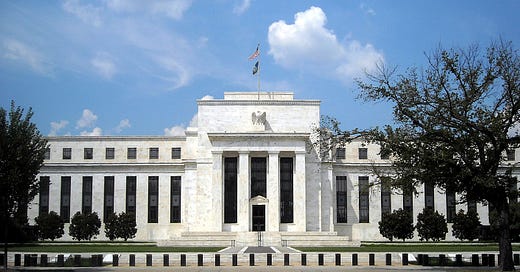Politicians across the West relinquished their stewardship of the societal interest increasingly after the neoliberal counterrevolution. In his characteristically scathing style, Michael Lind noted in an email to the present author that “Congress delegates foreign policy to the president, economic policy to the Fed, and social policy to the Court.” This…
Keep reading with a 7-day free trial
Subscribe to Policy Tensor to keep reading this post and get 7 days of free access to the full post archives.


